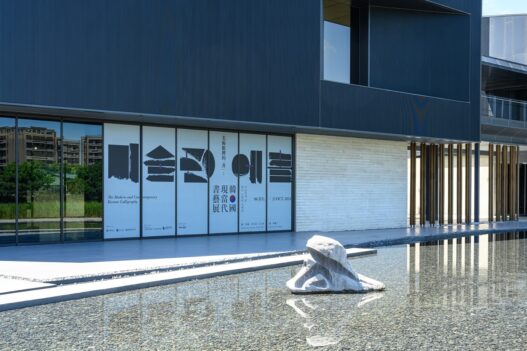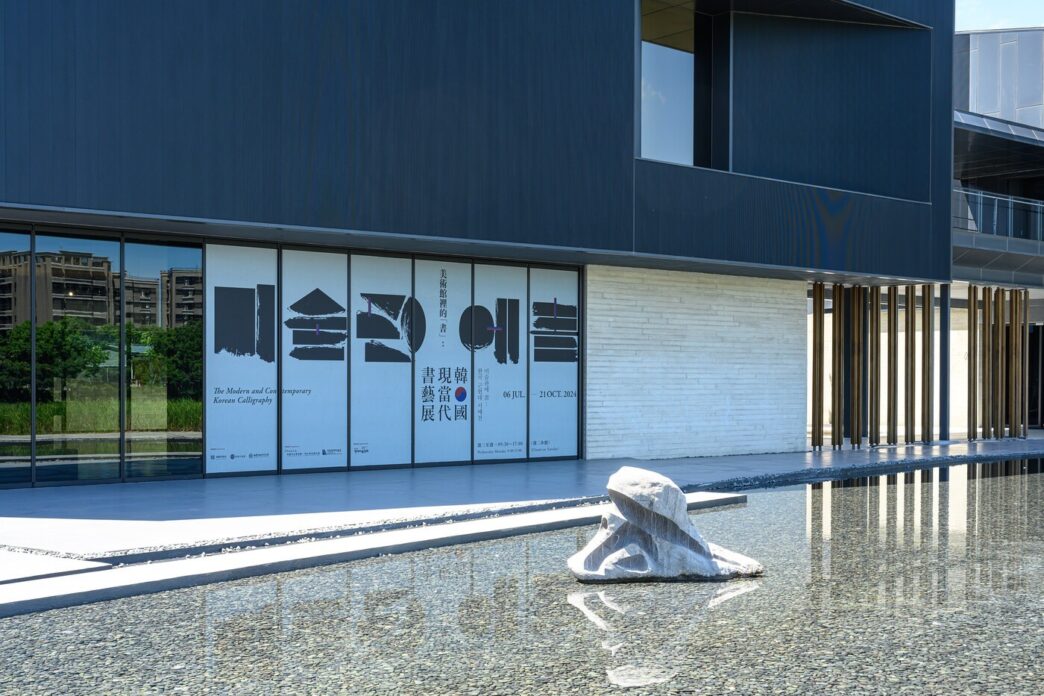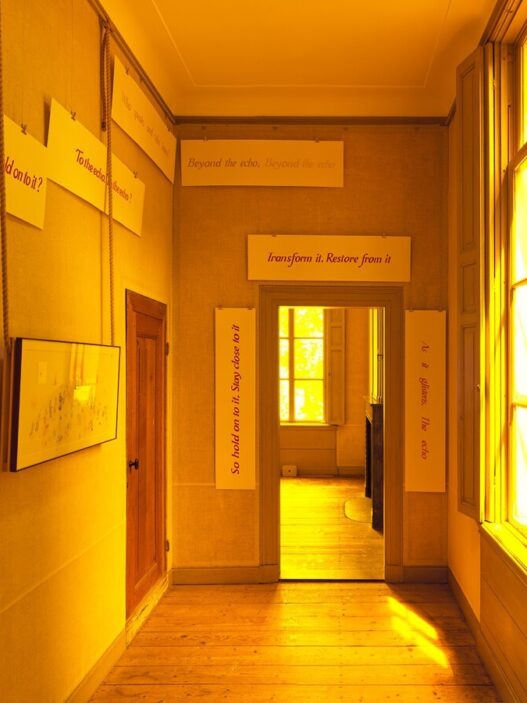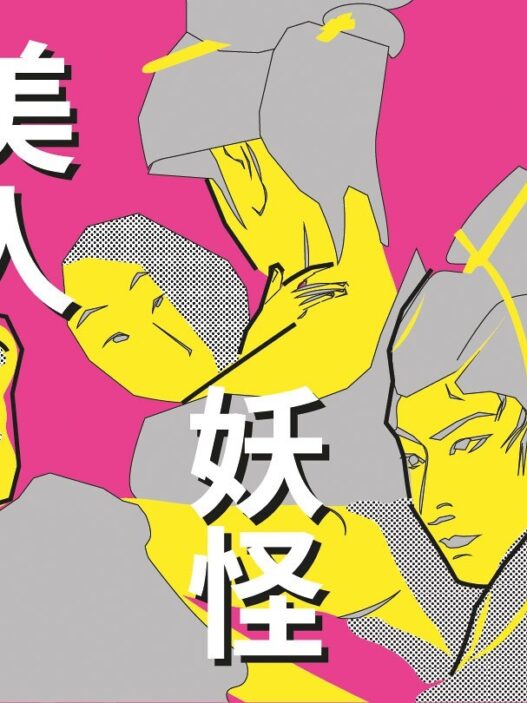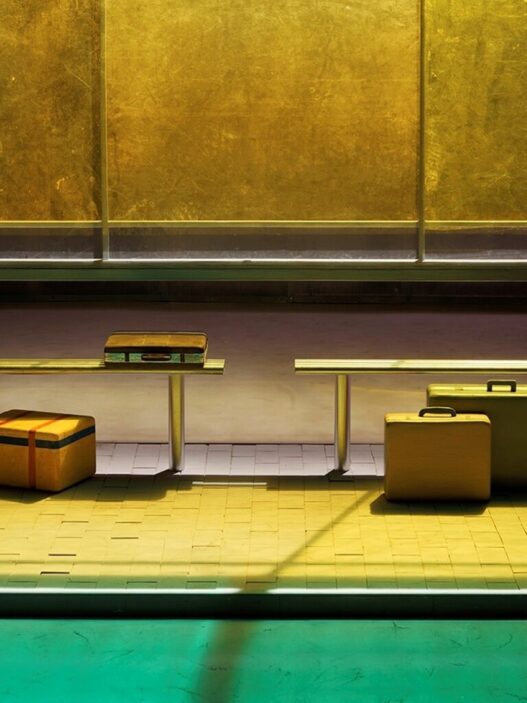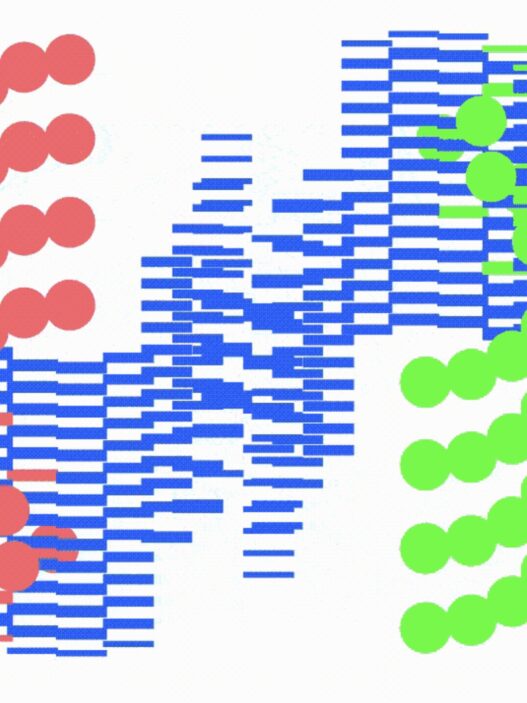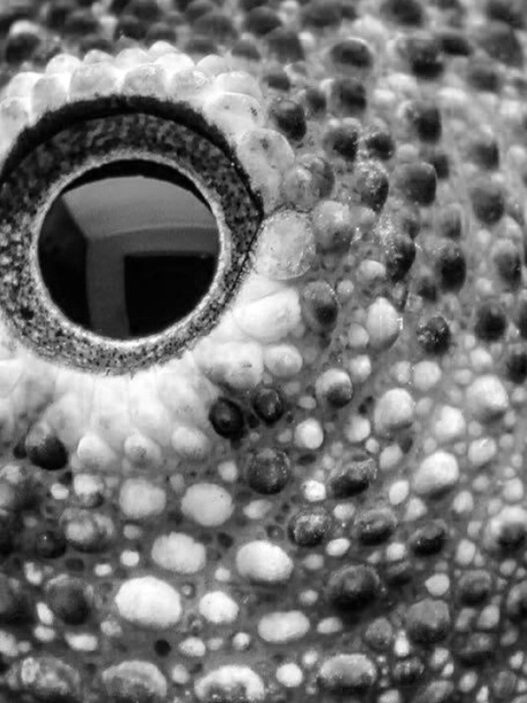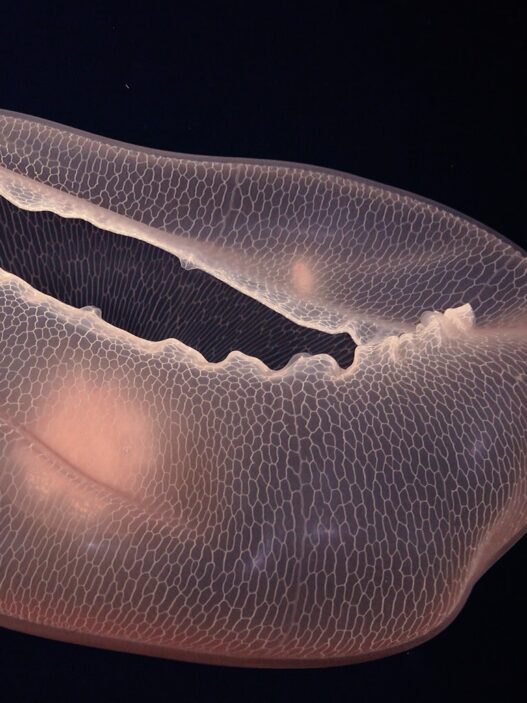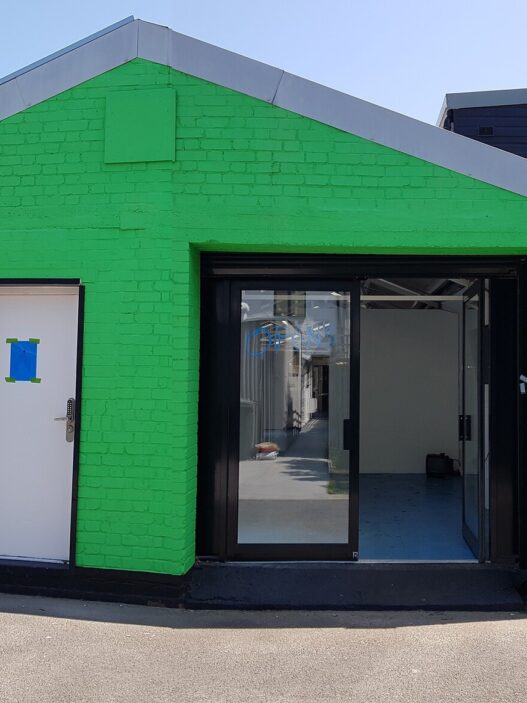The Modern and Contemporary Korean Calligraphy
July 6–October 21, 2024
From July 6 to October 21, 2024, the Hengshan Calligraphy Art Center (HCAC) in collaboration with the National Museum of Modern and Contemporary Art, Korea (MMCA), will present “The Modern and Contemporary Korean Calligraphy” exhibition. This marks the first comprehensive exhibition of significant Korean calligraphy works in Taiwan, showcasing the evolution and development of modern and contemporary Korean calligraphy in the 20th century.
The Taoyuan Museum of Fine Arts (TMoFA) recognized the importance of this exhibition after its debut at MMCA Deoksugung in 2020, MMCA’s first-ever online exhibition due to the Covid-19 pandemic. TMoFA collaborated with MMCA, borrowing works from various Korean institutions, to bring this major exhibition to Taiwan after three years of meticulous planning.
The exhibition focuses on the development and transformation of Korean calligraphy post-World War II. It features culturally significant works such as Son Jae-hyeong’s A Rubbing of the Stele Commemorating Admiral Yi Sun-sin’s Victory at Byeokpajin Ferry, Kim Choonghyun’s Song of Dosan by Jo Seong-sin, and Lee Ungno’s I Ching 64 Hexagrams Sequence. These works offer a rare opportunity for visitors to view significant pieces that highlight the achievements of modern and contemporary Korean calligraphy.
Divided into four thematic sections, the exhibition displays 95 meticulously selected works that reflect Korean calligraphers’ exploration of “What is Korean calligraphy?” The diverse styles and forms include influences from Korean, Chinese, and Japanese calligraphy, as well as Western modern art. This blend of classical traditions, Korean nationalism, and modernization demonstrates the dialectical relationship between “calligraphy” and “art,” showcasing the vibrant facets of modern and contemporary Korean calligraphy.
Starting from Korea’s liberation in 1945, the exhibition traces the development of Korean calligraphy, highlighting how it diverged from the Japanese-influenced term “shodo” (way of calligraphy) to adopt “seoye” (art of calligraphy), emphasizing its artistic nature. The widespread use of Hangul also led to unique aesthetic characteristics in Korean calligraphy.
As the term “seoye” gained acceptance, the relationship between calligraphy and art became central for calligraphers. The exhibition presents the transformation of calligraphy from a literary to a visual art form, with classical calligraphy being reinterpreted to emphasize innovation and creativity. The influence of Western modern art, particularly abstract art, led Korean artists to incorporate calligraphic techniques into abstract works, integrating elements such as line quality, rhythm, and vigor into modern painting.
The exhibition also explores the impact of technology on the evolution of calligraphic strokes, now integral to branding, film, television, and popular music in Korea. The emphasis on digital font design has expanded the potential for the development of Korean calligraphy.
The exhibition will be open from July 6 to October 21, 2024, at the Hengshan Calligraphy Art Center. Special lectures and promotional activities will be held throughout the exhibition period.
Hengshan Calligraphy Art Center
No. 100, Daren Rd, Dayuan District
Taoyuan City 337
Taiwan









